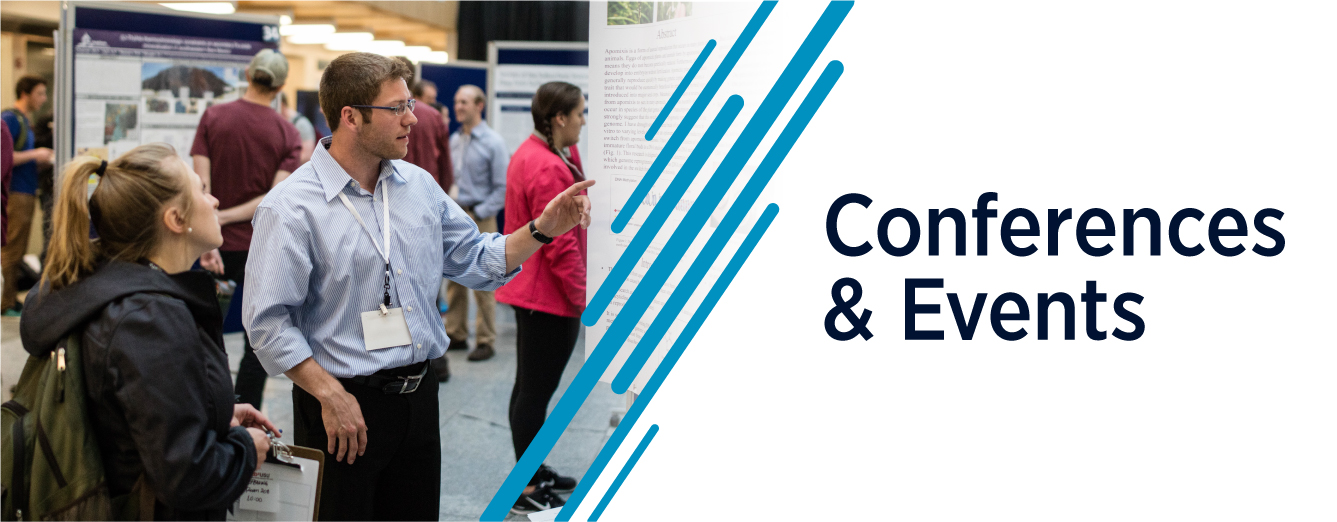Abstract
The 5th September 2024, Sentinel-2 C has successfully joined its orbit where Sentinel-2 A and B were already in operation since 2015 and 2017 respectively. The Sentinel-2 mission is part of the European Copernicus program, a wide Earth observation program dedicated to the environment monitoring, the mitigation of climate change effects and a support to emergency services. Sentinel-2 handles the high-resolution optical component with an acquisition of the Earth surface in 13 different spectral bands, every 5 days with a spatial resolution between 10 m and 60 m (depending on the band).
The French space agency (CNES) was in charge of the commissioning phase for the first two Sentinel-2 units. For Sentinel-2 C, the European Space Agency (ESA) has led the commissioning phase and CNES has brought its support with an independent radiometric validation. The main goal in a multi-satellite constellation remains the radiometric cross-calibration of every instrument so that users can process data regardless of the instrument. A tandem phase acquisition between Sentinel-2 C and Sentinel-2 A has helped a lot to align the radiometry of the two satellites. The presentation will go through the 5 vicarious calibration methods applied by CNES and the associated results.
The cross-calibration among the Sentinel-2 family as well as between Sentinel-2 C and other reference sensors such as Landsat 8, Landsat 9, Sentinel-3, MERIS is studied on Pseudo-Invariant Calibration Sites (PICS), both hot and cold deserts. The absolute calibration is evaluated with the Rayleigh scattering and the instrumented sites measurements. The inter-band calibration is measured with the Deep Convective Clouds (DCC) approach. And, for the first time in the Sentinel-2 family, several Moon images were acquired with Sentinel-2 C. CNES has applied the techniques developed in the frame of the Pleiades mission to these images and shown the radiometric coherence of Sentinel-2 with the Moon irradiance model. The presentation will help to understand the various radiometric validation methods at stake but also the reason for combining them during a commissioning phase: validity domain of each method, data availability, sensibility to error sources (especially the spectral aspects which were particularly well characterised on-ground for the Sentinel-2 C instrument). Besides, the presented results will help users who may want to build consistent time series, combining data from various reference sensors, including Sentinel-2 satellites.
The commissioning phase is always a thrilling period with a lot of in-depth studies, numerous exchanges with the various actors and a combination of results to tune the satellite. Sharing this experience with the community participates to improve the radiometric calibration methods as well as to enable the users to better understand the data. Sentinel-2 C is now aligned within 1 % with the two others Sentinel-2.
CNES Participation to the Sentinel-2 C Commissioning Phase, Leveraging Synergies Between Vicarious Calibration Methods
The 5th September 2024, Sentinel-2 C has successfully joined its orbit where Sentinel-2 A and B were already in operation since 2015 and 2017 respectively. The Sentinel-2 mission is part of the European Copernicus program, a wide Earth observation program dedicated to the environment monitoring, the mitigation of climate change effects and a support to emergency services. Sentinel-2 handles the high-resolution optical component with an acquisition of the Earth surface in 13 different spectral bands, every 5 days with a spatial resolution between 10 m and 60 m (depending on the band).
The French space agency (CNES) was in charge of the commissioning phase for the first two Sentinel-2 units. For Sentinel-2 C, the European Space Agency (ESA) has led the commissioning phase and CNES has brought its support with an independent radiometric validation. The main goal in a multi-satellite constellation remains the radiometric cross-calibration of every instrument so that users can process data regardless of the instrument. A tandem phase acquisition between Sentinel-2 C and Sentinel-2 A has helped a lot to align the radiometry of the two satellites. The presentation will go through the 5 vicarious calibration methods applied by CNES and the associated results.
The cross-calibration among the Sentinel-2 family as well as between Sentinel-2 C and other reference sensors such as Landsat 8, Landsat 9, Sentinel-3, MERIS is studied on Pseudo-Invariant Calibration Sites (PICS), both hot and cold deserts. The absolute calibration is evaluated with the Rayleigh scattering and the instrumented sites measurements. The inter-band calibration is measured with the Deep Convective Clouds (DCC) approach. And, for the first time in the Sentinel-2 family, several Moon images were acquired with Sentinel-2 C. CNES has applied the techniques developed in the frame of the Pleiades mission to these images and shown the radiometric coherence of Sentinel-2 with the Moon irradiance model. The presentation will help to understand the various radiometric validation methods at stake but also the reason for combining them during a commissioning phase: validity domain of each method, data availability, sensibility to error sources (especially the spectral aspects which were particularly well characterised on-ground for the Sentinel-2 C instrument). Besides, the presented results will help users who may want to build consistent time series, combining data from various reference sensors, including Sentinel-2 satellites.
The commissioning phase is always a thrilling period with a lot of in-depth studies, numerous exchanges with the various actors and a combination of results to tune the satellite. Sharing this experience with the community participates to improve the radiometric calibration methods as well as to enable the users to better understand the data. Sentinel-2 C is now aligned within 1 % with the two others Sentinel-2.
